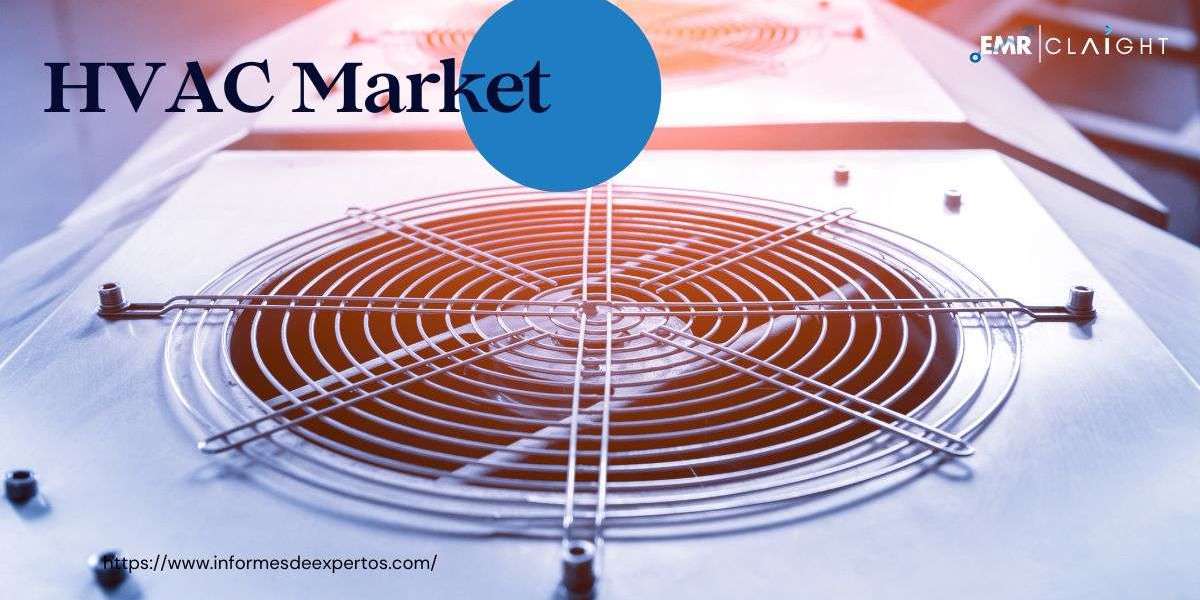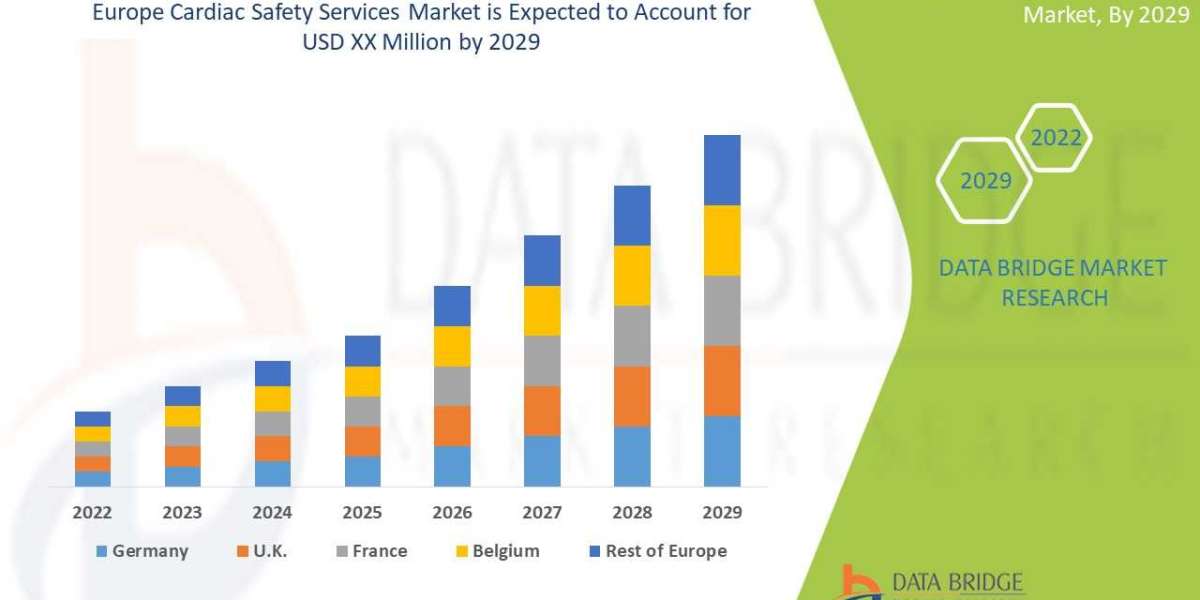The Heating, Ventilation, and Air Conditioning (HVAC) market comprises an extensive industry involved in the design, manufacturing, installation, and maintenance of systems that control indoor climate and air quality in various environments. HVAC systems play a vital role in regulating temperature, humidity, and air circulation in residential, commercial, industrial, and institutional buildings. This article provides an overview of the global HVAC market, including its size, growth projections, key players, technological advancements, and environmental considerations.
Market Overview
The HVAC market reached a value of around USD 168.65 billion in 2023. The market is projected to grow at a compound annual growth rate (CAGR) of 6.2% between 2024 and 2032, to reach a value of 289.80 billion USD in 2032. This growth can be attributed to several factors, including increasing demand for energy-efficient HVAC systems, rising construction activities, growing urbanization, and technological advancements in the industry.
As concerns about indoor air quality, energy consumption, and environmental sustainability continue to rise, there is a growing emphasis on the adoption of HVAC systems that offer improved performance, reliability, and environmental responsibility. This has led to the development of innovative HVAC technologies, such as smart thermostats, variable refrigerant flow (VRF) systems, and heat recovery ventilation (HRV) systems, which enhance comfort while reducing energy consumption and greenhouse gas emissions.
Key Players
The global HVAC market is characterized by a diverse array of manufacturers, contractors, distributors, and service providers, each contributing to different segments of the industry. Some of the key players in the HVAC market include:
- Daikin Industries, Ltd.: Daikin Industries, Ltd. is a Japanese multinational company that specializes in HVAC manufacturing, including air conditioning, heating, ventilation, and refrigeration systems. Daikin is known for its innovative products, energy-efficient solutions, and commitment to sustainability.
- United Technologies Corporation (UTC): United Technologies Corporation (UTC) is an American multinational conglomerate that operates various subsidiaries involved in the HVAC industry, including Carrier Corporation, a leading provider of heating, air conditioning, and refrigeration solutions.
- Johnson Controls International plc: Johnson Controls International plc is an Irish-domiciled multinational conglomerate that manufactures HVAC equipment, controls, and systems for residential, commercial, and industrial applications. The company offers a wide range of products and services, including heating, cooling, and building automation solutions.
- Lennox International Inc.: Lennox International Inc. is an American company that manufactures and distributes HVAC equipment, including furnaces, air conditioners, heat pumps, and indoor air quality products. Lennox is known for its high-quality products, advanced technologies, and customer-focused solutions.
Technological Advancements
The HVAC industry is witnessing rapid technological advancements aimed at improving system performance, energy efficiency, and user comfort. Some notable technological innovations in the HVAC market include:
- Smart HVAC Systems: Smart HVAC systems incorporate sensors, controllers, and connectivity features to monitor and adjust indoor climate conditions based on occupancy, temperature, and user preferences. These systems can optimize energy usage, reduce operating costs, and enhance user comfort through remote control and automation.
- Variable Refrigerant Flow (VRF) Systems: VRF systems use advanced refrigerant technology to provide precise control over heating and cooling loads in different zones of a building. VRF systems offer energy-efficient operation, quiet operation, and flexible design options, making them suitable for a wide range of commercial and residential applications.
- Heat Pump Technology: Heat pumps utilize refrigeration cycles to transfer heat between indoor and outdoor environments, providing both heating and cooling capabilities in a single system. Advanced heat pump technologies, such as geothermal heat pumps and air-source heat pumps, offer energy-efficient heating and cooling solutions with reduced environmental impact.
- Energy Recovery Ventilation (ERV) Systems: ERV systems recover waste heat and moisture from outgoing air streams to pre-condition incoming fresh air, improving indoor air quality and reducing energy consumption. ERV systems are commonly used in commercial buildings, schools, and healthcare facilities to enhance comfort and occupant well-being.
Environmental Considerations
Environmental sustainability is a growing priority in the HVAC industry, driving efforts to reduce energy consumption, minimize greenhouse gas emissions, and promote the use of environmentally friendly refrigerants and materials. Manufacturers, contractors, and building owners are increasingly adopting green building practices, energy-efficient technologies, and renewable energy sources to mitigate the environmental impact of HVAC systems.
Moreover, regulatory initiatives, such as energy efficiency standards, building codes, and environmental regulations, are shaping the design, installation, and operation of HVAC systems worldwide. These regulations encourage the adoption of energy-efficient equipment, building performance standards, and renewable energy solutions to achieve sustainability goals and reduce carbon emissions.
Future Outlook
The future outlook for the HVAC market is optimistic, driven by factors such as urbanization, population growth, climate change, and technological innovation. As demand for comfortable, healthy indoor environments continues to rise, the HVAC industry is expected to experience sustained growth and evolution.
Moreover, the COVID-19 pandemic has highlighted the importance of indoor air quality, ventilation, and filtration in mitigating airborne transmission of viruses and pathogens. This has led to increased awareness of HVAC systems as essential components of healthy buildings and spaces, driving demand for advanced air purification technologies, filtration systems, and ventilation solutions.








